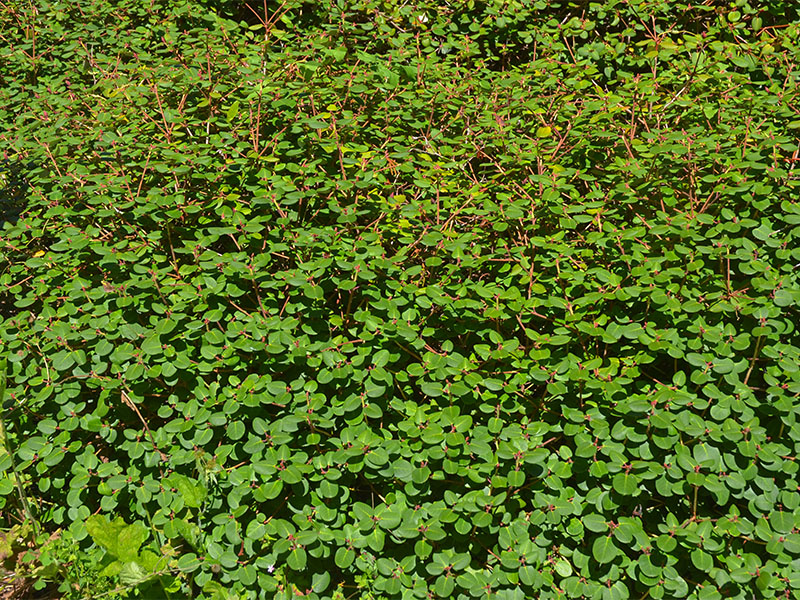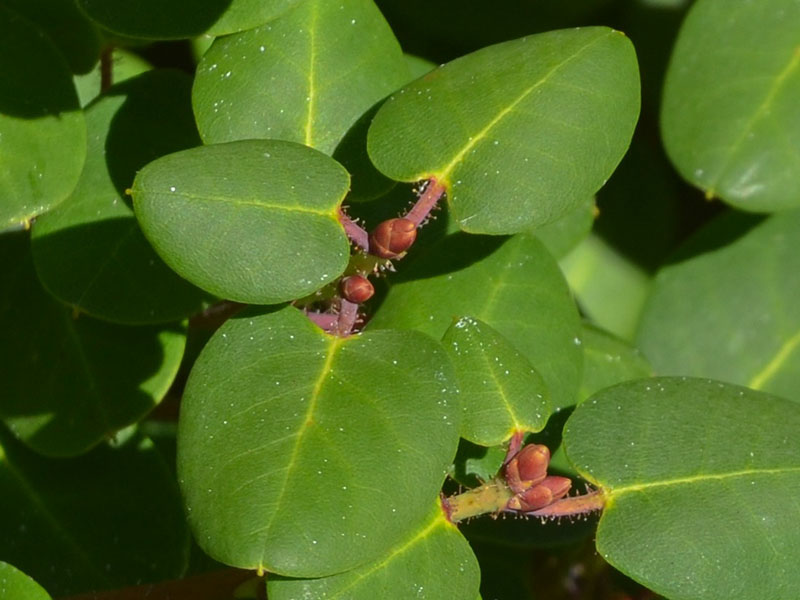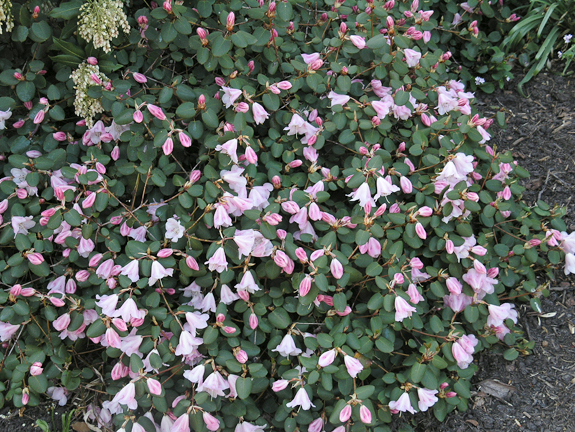
Woody > Rhododendron > Rhododendron williamsianum > Rhododendron williamsianum
Rhododendron williamsianum
Williams Rhododendron
Origin: Southwest China.
| Family |
| Ericaceae |
| Genus |
| Rhododendron |
| Species |
| williamsianum |
| Category |
| Woody |
| Type |
| Shrub (evergreen) |
| USDA Hardiness Zone |
| 7b - 8a |
| RHS Hardiness Zone |
| H5 |
| Temperature (°C) |
| -15 |
| Temperature (°F) |
| -5 |
| Height |
| 1 m - 1.5 m |
| Spread |
| 1 m - 1.5 m |
Photographs
Description and Growing Information
Flowering Period
| General Description |
| A compact, small-spreading large shrub or small tree. |
| Landscape |
| City and urban courtyards and gardens, as a groundcover and in informal gardens. |
| Cultivation |
| Grow under partial shade in moist but well-drained, humus-rich acidic soil. Plant shallowly as deep planting may prove fatal over time. |
| Shape |
| Compact. |
| Growth |
| Medium |
| Pests |
| Caterpillars, aphids, vine weevil, leafhoppers, lacebugs and scales. May be susceptible to rhododendron petal blight, rhododendron bud blast, powdery mildews and silver leaf. |
| Flower/Leaf Bud Description |
| Small buds with 2 - 3 scales. |
| Leaf Description |
| Round-ovate simple leaves with a slight spade-shape and defined venation. |
| Flower Description |
| Tubular funnel-shaped flowers that either grow solitarily or in short racemes. |
| Colour Description |
| Reddish-brown branches and bark. Bright green foliage with pastel green venation. Light blush pink inflorescences. Reddish-brown buds. |
| Notable Specimens |
| University of British Columbia Botanical Garden, Vancouver, British Columbia, Canada. National Trust Trelissick Garden, Feock, near Truro, Cornwall, United Kingdom. |
| Propagation |
| By seed, semi-hardwood cuttings, layering or grafting. |


.jpg)

